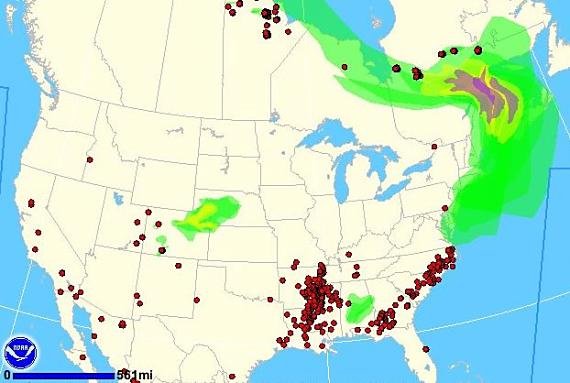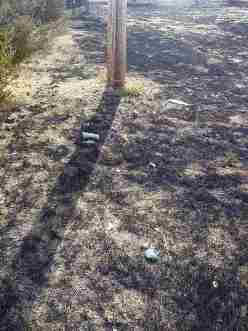A tweet from KKTV in Colorado Springs:
PLEASE SHARE: Waldo Canyon Fire survivors are holding a picnic for Black Forest Fire evacuees today from noon to 2 at Woodstone Park.
— KKTV 11 News (@kktv11news) June 17, 2013
That is the first time I have heard of this happening — survivors from a massive, very destructive wildfire less than a year before hold a picnic for survivors of another even more destructive wildfire that occurred just a few miles away.
The Black Forest Fire just north of Colorado Springs has destroyed approximately 480 structures. The Waldo Canyon Fire less than a year earlier wiped out 347 homes in Colorado Springs.
This is a great thing that the Waldo Canyon survivors are doing.
Our most current information about the Black Forest Fire is HERE.










